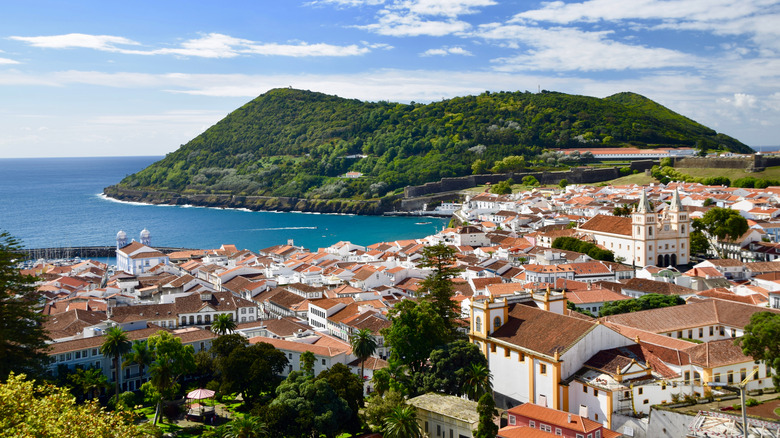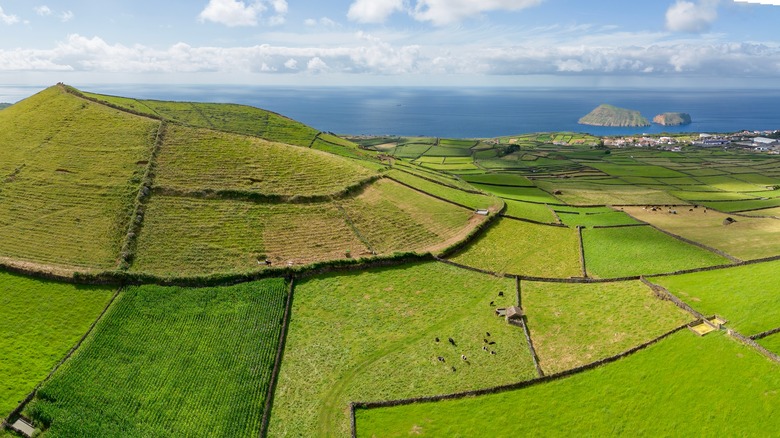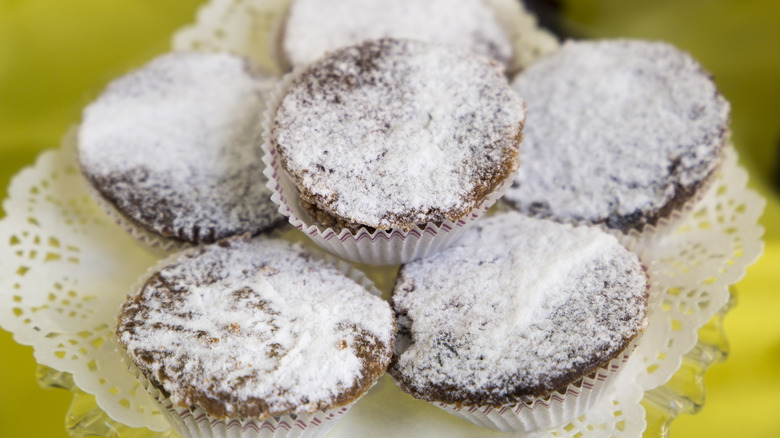Visit The Magical Volcanic Island Known As The Festive Island Of The Azores
Terceira Island in the Azores is part of a group of incredible remote islands in the North Atlantic, off the coast of Portugal. Its neighboring islands include Graciosa, São Jorge, Pico, and Faial. Terceira Island is one of "The World's Best Islands," and it doesn't take long to see why. This volcanic island was first discovered in the 15th century and is the second most inhabited island in the Azores, with a population of 60,000.
Terceira Island is known as "the festive island" because of the frequent cultural and religious festivals it hosts throughout the year. It's a town of celebration, to say the least, marked by wild, extravagant street parties and a vibrant nightlife scene. The stunning topography was also deemed a UNESCO World Heritage Site in 1983, earning itself the designation: "Most Noble, Loyal and Ever Constant."
Terceira Island's secluded position in the sea means the Bay of Angra operates as a trading post and a docking area for intercontinental ships passing through the North Atlantic. The natural topography of the land, combined with the architectural craftsmanship of humans, makes Terceira Island a unique and highly regarded isle in the Atlantic. Several mansions, colorful chapels, known as impérios, and monuments have been influenced by royalty and noblemen sailing through on their routes to and from Europe. Throughout the countryside, rolling hills are dotted with stone hedges, vegetable gardens, and manicured vineyards responsible for producing much of the region's natural products.
A city bursting with outdoor adventure
The Azores Islands love to show off their favorite color — green. There are few better places on Terceira Island than the Serra do Cume Viewpoint, which stands above a sea of patchwork 1,778 feet above sea level. Wedged between the emerald agricultural fields, visible views of the largest dairy basin in the Azores and the city of Praia da Vitória await wayfarers at the top. A long wooden platform stretches over the vista, allowing visitors to take in the island's vast wilderness. This lookout point has been coined "The Golden View," a title that's well deserved.
Terceira Island has four active volcanoes, with several volcanic caves and tube systems woven into the island's interior. Not only does Gruta do Natal possess unique volcanic features as other volcanoes in the Azores, but it's also where Christmas mass is held every year in December (which is how this small cave received its name). Stalagmites and Pahoehoe lava flows fill the inner space of this cave, creating a captivating grotto-like cave.
The seaside port town of Angra do Heroísmo will capture your heart with its colorful plazas and scenic vistas overlooking the vast open sea. A town born from artistic passion, much of the architecture in Angra do Heroísmo was inspired by the Renaissance period. While it remains much of a maritime port city for passing transcontinental ship routes, it's a fascinating city to explore on foot.
Savor the native cuisine
The island's culinary scene is unique, and the endless herds of grazing cattle can attest to the excellent butter and cheese found on Terceira. Of course, seafood is another of the island's specialties, and visitors can enjoy local catches that aren't found anywhere other than Portugal, including lapas. Terceira Island is a slice of Portuguese cheese heaven! With only 5% of the land on Terceira Island reserved for commercial use, it leaves a lot of open space for grazing cows that are the pride and source of this island's renowned cheese.
Cheesemaking is an age-old tradition on Terceira Island, and its artisan cheese is a delight beloved by locals and tourists. Its products have even been granted a Protected Geographical Status certification to protect its local heritage. Visit the Queijo Vaquinha dairy farm for a tour of the dairy factory and get a behind-the-scenes look at how the cheese on this island is brought to life.
The Queijada da Dona Amélia is another local delicacy that shouldn't be missed when strolling the island's shores. This famous Portuguese dessert was influenced by and named in honor of the royal heir, Queen Amélia. The recipe for these fluffy cake-like treats is simple: concocted from eggs, cinnamon, honey, corn flour, and confectioner's sugar. As a native culinary tradition, it's not hard to spot these enviable treats, and you can taste a Queijada da Dona Amélia at nearly any café around the city.


